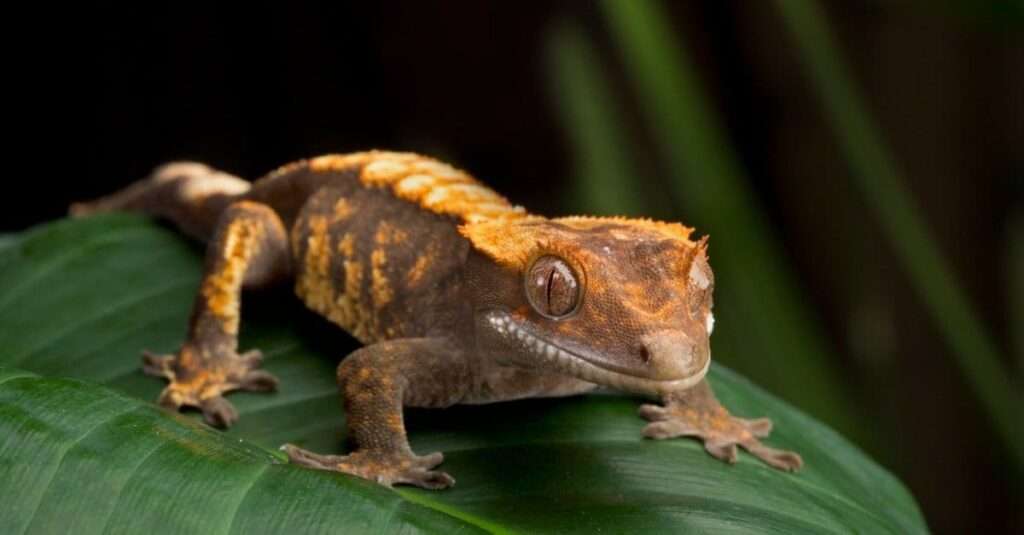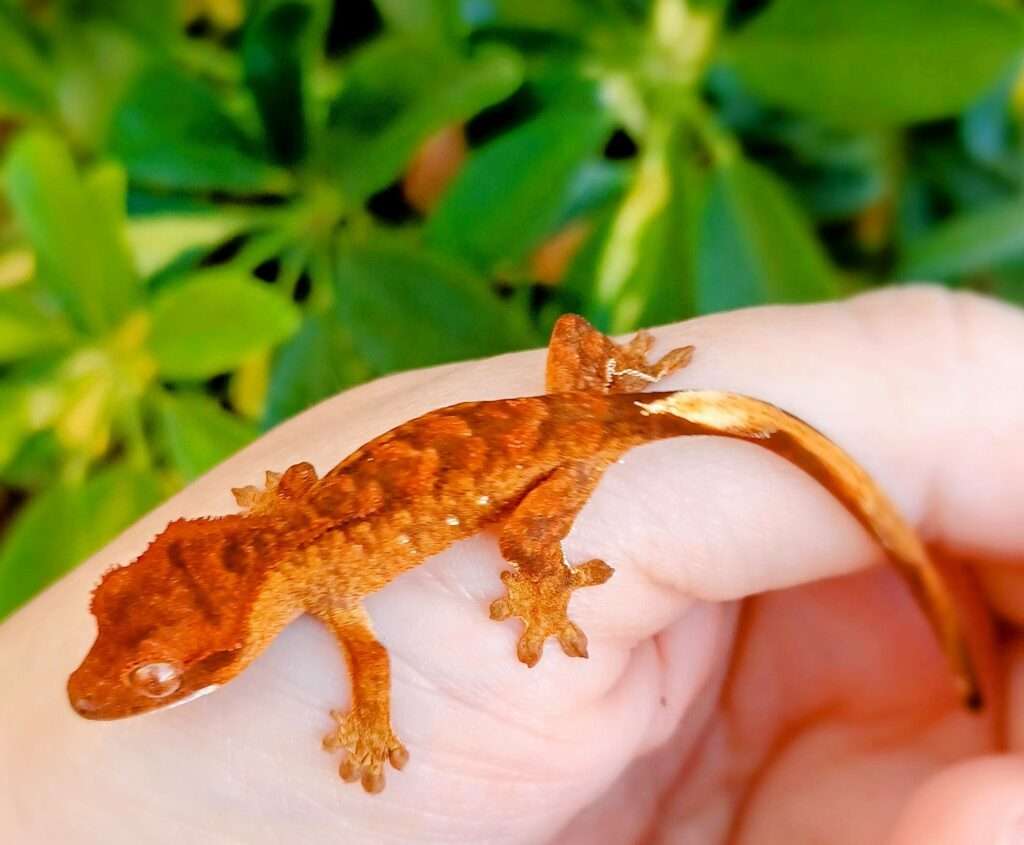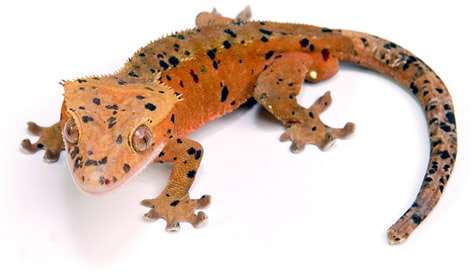
Description:
Scientific name: Underwoodisaurus milii
Life span: 12 years
The gecko species Underwoodisaurus milii belongs to the family Carphodactylidae of lizards. Due to its recognisable large tail and harsh, barking defence call, the species is sometimes known as the “barking gecko” or “thick-tailed” gecko. U. milii has a lighter underbelly and is reddish-brown with bands of white and yellow dots. The regenerated tail shows minimal pattern compared to the original, which is black with many pale bands.
Native Region/Habitat
Australia’s southern areas are where U. milii is found. Its range in Western Australia extends from Shark Bay in the north to the goldfields, wheatbelt, and Nullarbor regions in the east. Moreover, it can be found in the Recherche Archipelago and the Houtman Abrolhos. U. milii is an Australian gecko species that inhabits rocky outcrops and is marginally more tolerant of cold temperatures than most others. It is nocturnal and hides during the daytime in burrows or beneath rocks.
Behavior:
Unusual for reptiles, U. milii gathers in groups at its retreat locations throughout the day. This is for unknown reasons. Nonetheless, it has been demonstrated that this behavior produces a higher overall thermal inertia (they stay warmer) than would be observed in solitary geckos of this and kindred species under equivalent conditions. According to the same source, the emergence of other forms of social activity can come before grouping for physiological reasons.
- milii will arch its back and “bark” when threatened. Throughout breeding season, it continues to do this. This species, as well as certain other gecko species, exhibit the peculiar behaviour of licking their eyes after meals, perhaps to keep the eyeshield clean.
Care As a pet/In captivity:

Housing: Although the Milii Gecko is only active at night, a large, exciting environment is still essential. To allow for optimal movement, thermoregulation, and exercise, a single adult should be housed in a vivarium that is no smaller than 3 x 2 x 2 feet. We advise a sand mixture, such as Pro Reps Leo Life or Lucky Reptiles Desert Bedding, for the foundation of the environment. As long as the temperature, UVB, and supplements are appropriate, your gecko won’t be tempted to consume this substrate.
Heating and lighting: As a reptile, your gecko won’t be able to control its internal temperature without assistance from an outside source, thus good heating and lighting are essential. First, it needs to be hot (between 30 and 32 degrees Celsius), then cool (between 22 and 15 degrees Celsius), to mimic a nocturnal dip. The use of a ceramic or basking bulb that must be thermostatically controlled is the best way to accomplish this. An accurate digital thermometer can be used to check all temperatures.
Despite its nocturnal activities, your gecko will always naturally be exposed to UVB, which is a crucial piece of equipment for maintaining its health. In addition to strengthening their immune systems and improving their general health, UVB is also essential for metabolizing important elements like calcium, thus lacking it can have major health concerns and even be fatal.
Humidity: Milii Geckos like a low humidity level of between 30 and 40%, which may be achieved without the use of special tools. Although it won’t increase overall humidity, it will be important to give a humid hide in the cooler area because it will make shedding easier. This hide can be made out of moss and kept moist by misting it with water. A precise digital hygrometer can be used to determine the humidity level. To avoid bacterial buildup, a small water dish will also need to be added to the enclosure and cleaned frequently.
Diet: As an insectivore, your Milii Gecko will eat a variety of crickets, locusts, cockroaches, Calci-worms, and mealworms for food. Because that every prey item has a different nutritional value, variety is essential for giving your gecko a healthy diet. To make sure your gecko gets everything it needs from its diet, you’ll also need to add extra calcium, multivitamins, and D3 to the live food in the appropriate feeding schedule. Also, it is advised that live food be “gut-loaded” before feeding it to the animal to improve the quality of their meal.
Table





